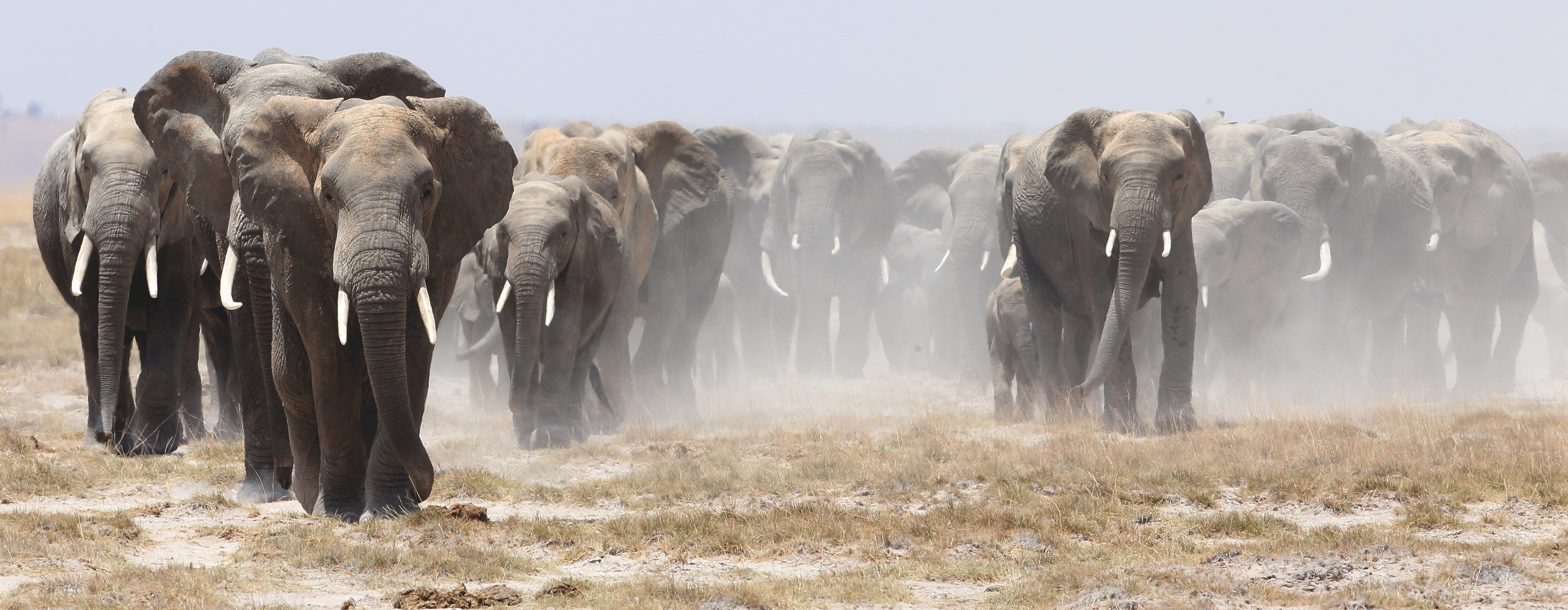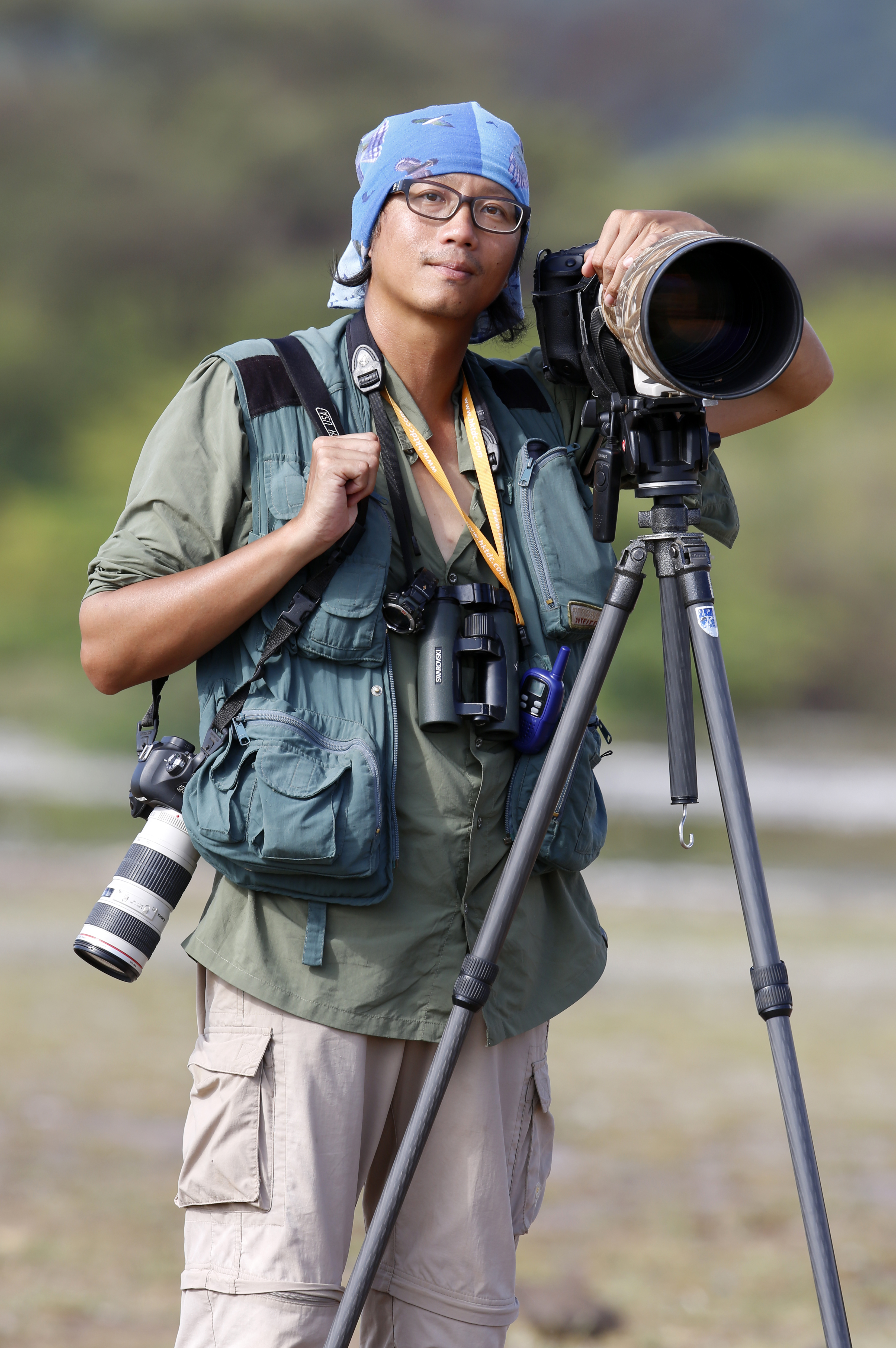Rescuing Animals
Dr Gary Ades (PhD 1995), who completed his doctorate in ecology & biodiversity, has worked at the Kadoorie Farm & Botanic Garden for nearly 25 years. There, he heads the Fauna Conservation Department that operates a Wild Animal Rescue Centre, the only non-governmental facility of its kind in Hong Kong. Between 1994 and 2018, the Centre received over 47,000 animals in need of rescue. However, only about half could be successfully rehomed or returned to the wild in good health. Dr Ades described the “inhumane and cruel ways” in which animals were smuggled.
“Many are for the pet trade,” Dr Ades explained.
“Members of the public may not be aware that they are taking part in illegal trade.”
He cited examples such as owls, which became popular during the “Harry Potter craze”, and entire suitcases packed with turtles. Hong Kong Customs in 2007 also intercepted the smuggling of a rare live infant primate – a Siamang Gibbon valued at approximately US$10,000 in the pet trade at the time.
Documenting Wildlife
Samson So 蘇毅雄 (BSc 1996; MPhil 2000; MJ 2008) combined the knowledge from his three HKU degrees in environmental science, ecology & biodiversity, and journalism to become a wildlife photographer and conservation advocate. As founder and director of Eco Institute, he leads regular trips to film animals in habitats around the world. He has recently travelled from Africa, Southeast Asia to South America to capture the exquisiteness of wild creatures in their natural surroundings.
“Through these eco-trips I share with my group members my passion and knowledge of wildlife watching and photography. This is how I do environmental education and conservation in an alternative way,” said So, who is also a course instructor and photo competition judge with National Geographic.
“My mission is to show the beautiful sights around us, and to promote conservation. We can make difference.”



